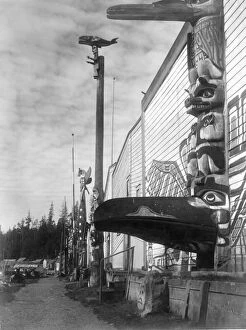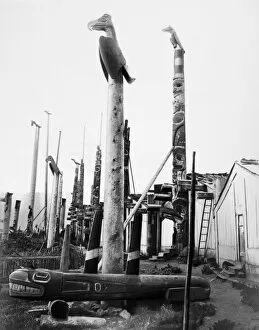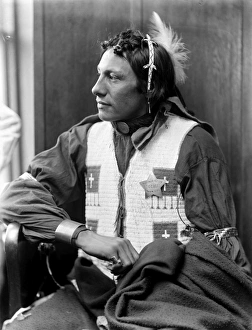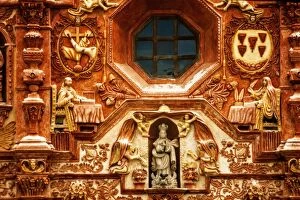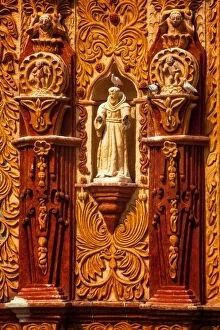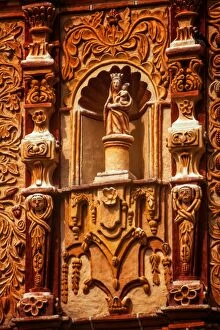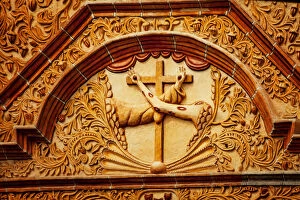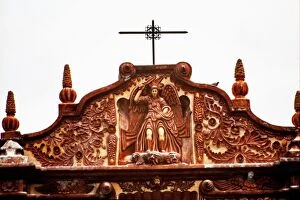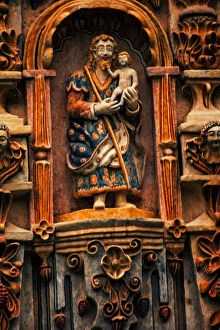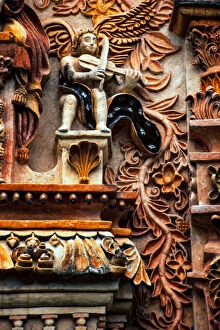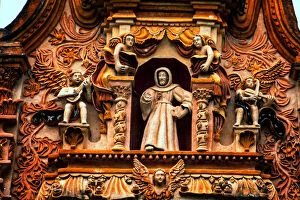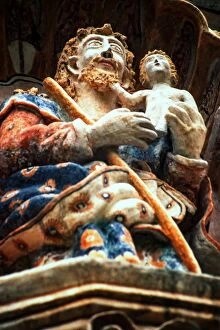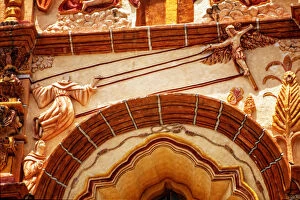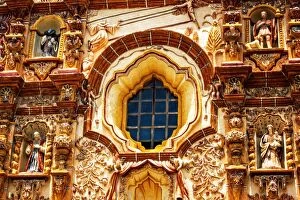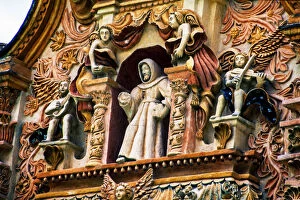Tribal Art Collection (page 5)
"Exploring the Rich Tapestry of Tribal Art: From Central America to North America and Beyond" Embark on a captivating journey through the vibrant world of tribal art
All Professionally Made to Order for Quick Shipping
"Exploring the Rich Tapestry of Tribal Art: From Central America to North America and Beyond" Embark on a captivating journey through the vibrant world of tribal art, where ancient traditions and cultural expressions come alive. In Central America, immerse yourself in the enchanting land of Panama, specifically Cristobal, as you discover the mesmerizing beauty of Kuna Indian traditional molas. These intricate textile masterpieces tell stories passed down through generations. Venturing further, let your curiosity guide you to maps that unveil historical narratives. Marvel at the Travels of The Apostle Paul Map Engraving, tracing his remarkable journeys across lands far and wide. Delve into Ancient and Modern Jerusalem Map Engraving to witness the evolution of this sacred city throughout time. And don't miss out on exploring the Wanderings of the Israelites Map Engraving, which brings biblical tales to life. As you traverse continents, make a stop in Utah's Iron County in North America. Here lies Parowan Gap adorned with fascinating petroglyphs etched by ancient civilizations—a testament to their rich heritage and connection with nature. Continuing southwards to Peru's Nazca region reveals an awe-inspiring sight—the Nazca Lines—an enigmatic collection including an illustration of a monkey drawing etched into desert sand that has puzzled researchers for centuries. Crossing borders once again takes us northward towards Canada's vast landscapes filled with indigenous artistry. Witness breathtaking craftsmanship as you encounter a House Post carved from cedar within Bella Bella's Heiltsuk house—a true testament to Canadian First Nations' artistic prowess. Further north still lies Teslin Tlingit Heritage Center in Yukon—home to majestic Totem poles featuring beaver imagery that symbolizes resilience and resourcefulness cherished by indigenous communities. In British Columbia's Duncan on Victoria Island stands another towering Totem Pole—its intricate carvings narrating ancestral legends while preserving cultural heritage for generations to come.

